How to care for a gerbera in a pot after purchase and during the flowering period
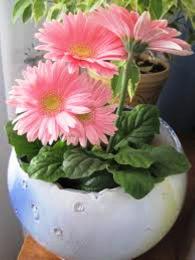
Among florists, the beautiful gerbera. A daisy-like flower with long, strong stems, it is used in most floral arrangements and gift bouquets.
But in addition to plants grown on an industrial scale, it is possible to grow such a beauty in a pot in your apartment; you just need to know the basic rules of care.
Content:
- How to care for a gerbera in a pot
- How to replant a flower correctly
- Control of diseases and insect pests
- How to care for gerbera after purchase
- Features of care during flowering
- What to do if indoor gerbera withers
- For what reasons can leaves turn yellow?
How to care for a gerbera in a pot
This is a small herbaceous perennial from 40 to 60 cm in height during the flowering period, and the rest of the time - up to 10 cm due to the basal rosette of leaves. Under natural conditions it grows in the tropical climate of South Africa, Asian countries and Madagascar.
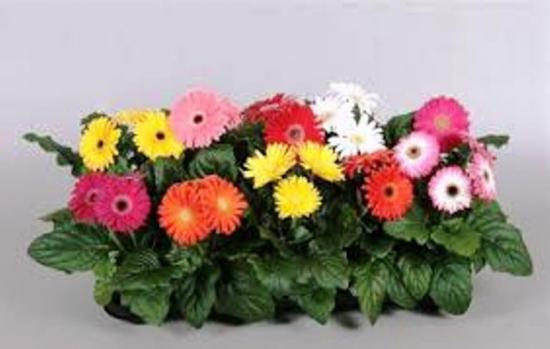
There are about 80 types of gerberas.
The leaves are located on short petioles, green, pinnate, up to 35 cm in length. Most often, the leaves are bare and leathery, but they are also slightly pubescent.
Bloom occurs at the end of summer and lasts until winter. From the rosette grows one or several peduncles covered with pile, on which a basket of 10 to 15 cm blooms.The petals are colored in orange, yellow, white, pink, lilac shades, and the core consists of numerous tubular flowers of brown or yellow color.
From the moment of pollination, small, dark seeds begin to form.
Although the heat-loving flower is not very whimsical, it is still worth taking into account the characteristics of the perennial so that it will delight you with flowering for a long time and retain its decorative effect.
The actions of the grower should be aimed at complying with the following conditions.
Optimal temperature
Clean and fresh air is important for a flower, so during the warm season the pot with the perennial is taken outside, onto a terrace or balcony. It reacts negatively to temperature changes, and during the flowering months it is advisable not to allow the temperature to rise above 24 degrees.
Watering
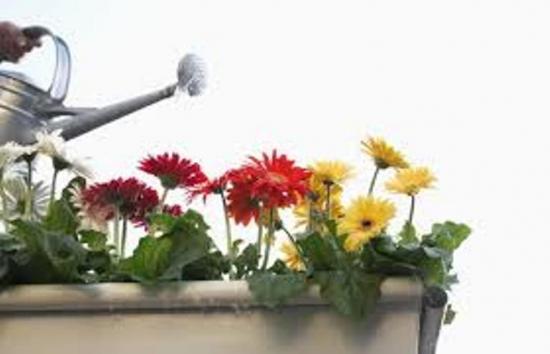
Many gardeners wonder: how to properly water flower and what kind of water to use? Throughout the entire active growing season, the plant requires uniform and not too abundant watering without drying out the earthen clod. It is advisable to use settled water at room temperature (about 20 degrees).
In dry air conditions indoors, you need to constantly spray the foliage with a spray bottle, but without getting into the root rosette, as this can lead to rotting of the foliage and roots.
What and how to feed the plant
What and how is better feed? It is preferable to fertilize once every 2 to 3 months. Mineral fertilizers are the best, but in small doses, they should contain iron (against chlorosis), and during flowering more potassium fertilizers are required.
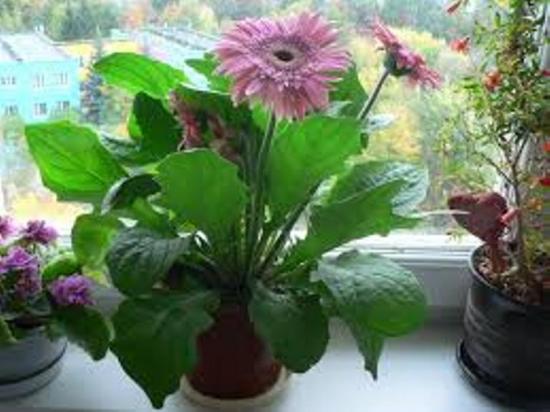
Lighting
For her, long daylight hours and a lot of sunlight are preferable.It is better to place it on the sunny sides of the apartment, and in winter it is often illuminated with solar lamps. During hot weather, the pot is taken outside into partial shade or the room is ventilated more often than usual.
How to replant a flower correctly?
For gerbera replanting to a new place is always stressful, so replanting is resorted to only in cases where the pot becomes too small for the flower. The container should be 3 - 4 times wider in diameter than the previous one, since too large one contributes to acidification of the soil and rotting of the root system.
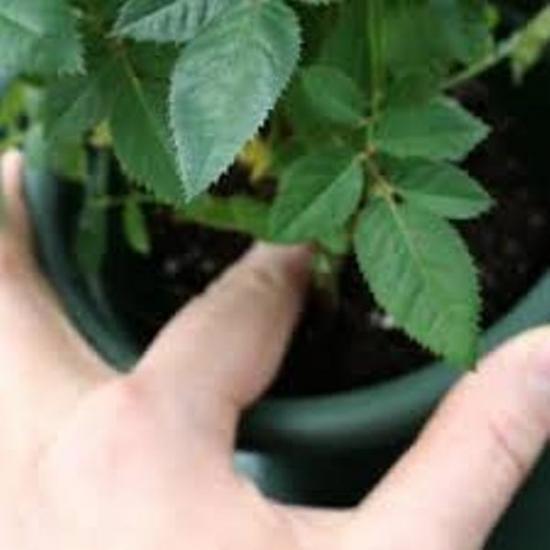
You can buy soil in specialized stores, or you can make it yourself by collecting it from: peat, sand, leaf soil and moss.
During the flowering period, the perennial is not disturbed; replanting is prohibited.
Control of diseases and insect pests
Gerbera is very resistant to diseases and pests, but with improper care it is sometimes affected by diseases:
- Powdery mildew is a rapidly spreading fungal disease. First, a white coating similar to powder appears; after a short period of time, the coating is noticeable on peduncles and stems, which gradually turn yellow, and young leaves appear curled; the bush dies over time.
- Fusarium is a dangerous fungal disease that enters the plant through cuts and wounds. In young plants, the root system is affected in the form of rotting, the leaves lose color and gradually turn yellow. The disease is provoked by high indoor humidity and excessive watering.
- Various types of root rot - the disease begins with slow rotting of the bottom of the root, which usually leads to the death of the entire perennial.
The main prevention of all diseases is considered to be regular ventilation of the room, compliance with the norm of watering, good drainage of the pot and loosening the earthen clod as a crust appears on its surface.
When the first signs of damage occur, drugs such as Fundazol are used.
The most common parasite is mite and aphid colonies. Small insects are difficult to detect immediately with the naked eye, but they spread quickly and cause great harm to the flower. Therefore, it is necessary to immediately take measures, use special drugs and folk remedies.
How to care for gerbera after purchase
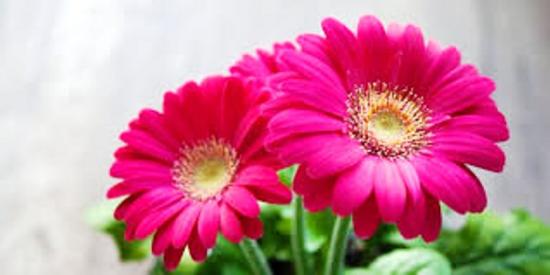
When you bring home a flower from the store, you need to take care of its adaptation to the new place. There is no need to change the usual conditions of detention radically.
Compliance with the microclimate, watering and fertilizing regime will allow the plant to get used to and get used to it, and replanting after purchase is carried out no earlier than 2 - 3 weeks later.
Normally, this is spring time after the last buds have withered and the dormant period has begun. During this period, the amount of watering is reduced, and fertilizers continue to be applied.
You need to take care of buying a new one pot, since fungi, mold and viruses could remain on the old one. The gerbera roots are freed from the earthen clod and placed in a prepared container. It should be half filled with soil mixture.
Gradually add soil from the edges, lightly compacting it, and water it.
Features of care during flowering
Gerbera blooms from early spring to late autumn with a short dormant period. Flowering depends directly on the microclimate of the room. The most optimal lighting is bright but diffused light.
However, the length of daylight hours must be regulated; excess can also affect flowering; it should be less than 12 hours. Therefore, the flower rests throughout the summer and begins to bloom only towards the end of August.
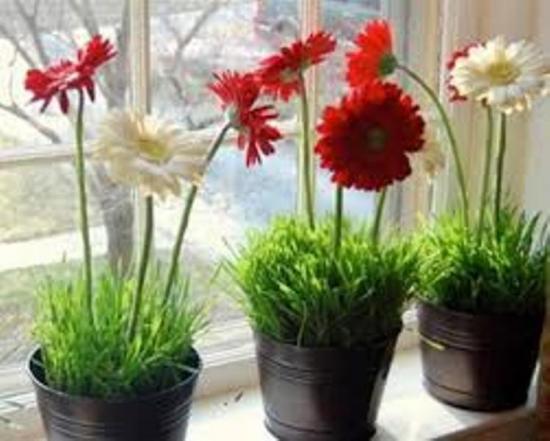
If you want to extend the flowering into the winter, continue to illuminate the pot with artificial lighting, but this will thin out the plant quite a bit.
When the buds open, feed the alpine chamomile weak complex solution with a high potassium content.
The plant will not bloom:
- in a too big pot
- after fertilizing with fertilizers containing nitrogen
The perennial is very short-lived; after 3 - 4 years, flowering noticeably decreases, and the bush is replaced with a new one.
What to do if indoor gerbera withers
When growing indoor gerberas, gardeners often encounter problems such as wilting foliage.
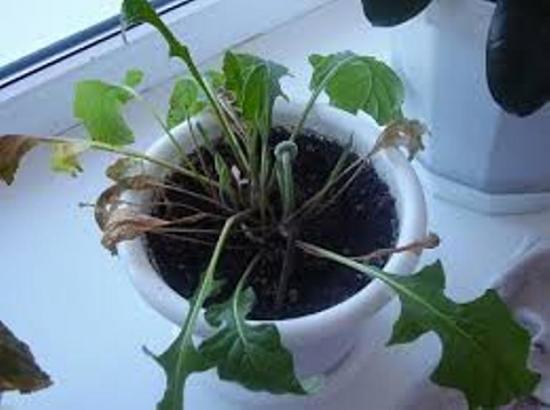
The main reasons for this phenomenon may be:
- lack of moisture, this is very easy to determine: if after watering the turgor increases, the leaves rise within an hour, then they did not have enough watering.
- presence peat in a potting mixture, it absorbs liquid and does not release it to the plant;
- excess liquid - after transplanting into a large container, the problem of excessive watering often arises, since the root system does not have time to occupy the entire area of the pot at once, and the soil mixture becomes sour and rotting processes occur.
For what reasons can leaves turn yellow?
The most common causes of yellowing foliage are:
- lack of lighting. With a small amount of light in the foliage, metabolic processes begin to be disrupted, as a result of which the buds and leaves turn yellow. It is easy to cope with this trouble: it is enough to provide the bush, which is light-loving by nature, with full light;
- dry indoor air. Low humidity in the room where the perennial grows leads to yellowing of the leaves. Air humidifiers and spraying from a spray bottle will help eliminate this phenomenon.
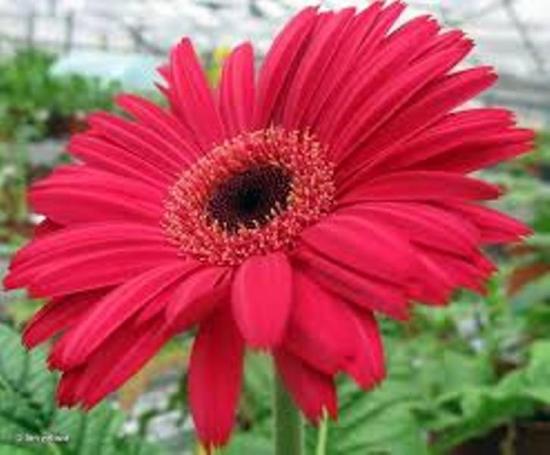
Care gerbera at home will be of interest to any gardener, because this flower has high decorative qualities, although it requires some knowledge and skills in floriculture. The southern plant, thanks to the work of breeders, decorates apartments and houses with bright shades and tones.
You will learn more about growing gerbera in pots by watching the video:


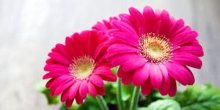
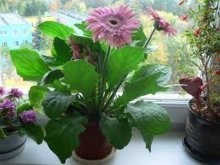
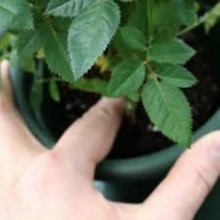
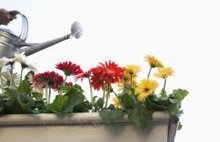
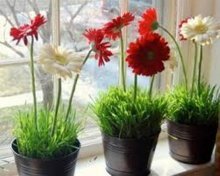
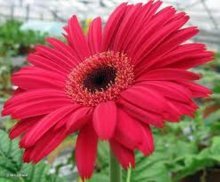



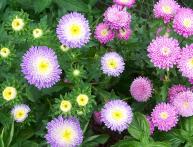

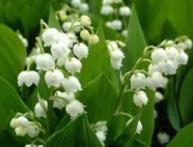
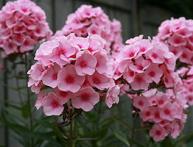

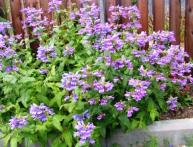
Comments
Gerbera is quite an interesting flower and will really easily decorate any flower arrangement. I grow it in my garden, but I didn’t know that it could be planted at home. I'll definitely try it. Will be a great decoration for any room.
A few years ago I was given a potted gerbera at work. It grew well and pleased me with its flowering, and then it suddenly began to wither away - apparently, I missed something in caring for it and did it wrong.